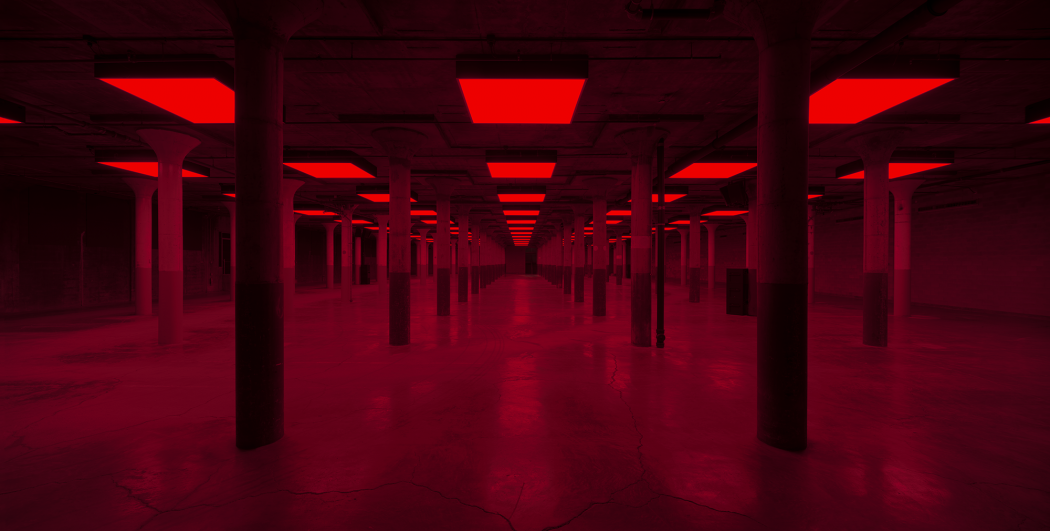
McQueen's Bass
While attending the recent Shoppe Object trade show in New York, Karole was able to make a visit to the Dia: Beacon. They have a recent installation by Steve McQueen, titled “Bass.” It was a poignant exhibit to be immersed in and she shared the ideas and experience of it when she came home. As we discussed it, I was struck by the experience of space that McQueen creates for the person in the exhibit and our conversation gave me a few new ways to think about closed and open spaces.
Bass is installed in the lower levels of The Beacon, a contained space that fills with shifting color from above and immerses the participant in directional bass sounds. McQueen has said of this work, that he is distilling film to its barest elements: light and sound and letting the audience be immersed in it. The use of color in this closed space washes everything and flattens surfaces. The bass notes are directional but bounce off the concrete walls and columns and this is not a small gallery space but a 30,000 sq foot expanse. It has been described as McQueen’s most abstract work but he chaffes at that description. He believes the work is not abstract but an experience and his choice of limited elements is part of the immersion.
While thinking about the exhibit I found myself thinking about how we experience closed and open spaces. Our home and inspiration is the desert Southwest and a core experience of the landscape for me, has always been the wide open flat plane that you find in the sandy deserts of New Mexico. I’ve always been intrigued and intimidated by the directionless expanse you confront on a cloudless day standing on an enormous mesa. At first I assumed Bass was a claustrophobic space intending to press on the body but, as Michael Veal points out in the Dia Foundation’s symposium on the work, it is a “sensory enclosure.” It intends for you to feel the space with your body. I think about the years we spent living in the Midwest where everything is a path or a road that cuts through forest or hills and you are constantly oriented in near distances compared to the expanse of the desert. McQueen says in an interview that he acknowledges we want to put a narrative on the work, but he wants the audience to let go of that, like “letting go of the hand rails on the side a swimming pool” and then “you have to be comfortable with floating,” and then “things emerge, heavy things emerge.” This intention to lose oneself as an experience is what syncs with my sense of the desert. It is so open, if you let it, you can lose cohesion, you can float. You're a point of view among flat planes, one to stand on and which may go on endlessly to the horizon or your standing plane may abut a vertical plane, a cliff wall smoothed and sun bleached. McQueen describes how the singular color projected on the surfaces is a deliberate “intensity of light” that you want to embrace but can’t. Cracks in the concrete are inscribed as shadows in the flat planes of color and it reminds me of O’Keefe’s Plaza Blanca paintings that show us planes of color inscribed by wind and water. There may be a connection there to Oropopo’s work inscribing leather with a laser, etching and shaping organic planes.
The exhibit is ongoing at the Dia Beacon into April of this year. McQueen encourages us to step away from a narrative meaning and just experience the space but it is important to acknowledge early inspiration for the work derived from experiences of slaves crossing the Atlantic. The bass music in the space is improvisational playing by black musicians from across the African diaspora. McQueen points to the survival of that music, that it traversed the ocean and the terror of that experience and it remains.
For more info check out:
https://www.youtube.com/watch?v=sZy6MyvNSqs
https://www.youtube.com/watch?v=dVHpI_g0RLs